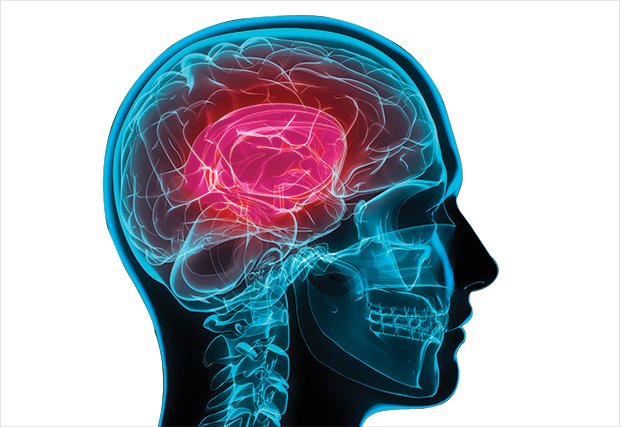 According to the American Stroke Association, stroke is the leading cause of serious long-term disability. One out of every 20 deaths is from stroke, and it’s the fifth leading cause of death in the U.S., killing nearly 130,000 people a year. In addition, someone in the U.S. has a stroke every 40 seconds, and every four minutes, someone dies of a stroke. Neurologist Usha Nuthi, MD, shares her insight about awareness, risk factors and prevention.
According to the American Stroke Association, stroke is the leading cause of serious long-term disability. One out of every 20 deaths is from stroke, and it’s the fifth leading cause of death in the U.S., killing nearly 130,000 people a year. In addition, someone in the U.S. has a stroke every 40 seconds, and every four minutes, someone dies of a stroke. Neurologist Usha Nuthi, MD, shares her insight about awareness, risk factors and prevention.
Q: What causes stroke and what are the risk factors?
A stroke occurs when there is bleeding in the brain, or when blood supply to specific parts of the brain is reduced or blocked by a clot. This causes brain cells to die in just minutes. Some risk factors for stroke can include high blood pressure, high cholesterol, diabetes, atrial fibrillation, history of tobacco use, physical inactivity, obesity and overall cardiovascular health. However, some risk factors are beyond a person’s control, such as age, family history, gender (women are at higher risk than men), and a prior history of transient ischemic attacks (TIA), stroke, or heart attack.
Q: What are the different types of strokes?
There are two types of stroke. An ischemic stroke is caused by a blocked artery, and a hemorrhagic stroke is when there is a leak in a cerebral blood vessel. However, some people may experience a transient ischemic attack (TIA), also known as a “mini-stroke.” A TIA usually results from a clot blocking blood flow to the brain, but the clot causing the TIA dissolves on its own, so the symptoms may only last a few minutes and permanent damage to the brain usually doesn’t occur.
Q: What are symptoms of a possible stroke?
The American Stroke Association’s acronym F.A.S.T. is for warning signs and symptoms of stroke. Face: Does one side of the face droop? Arms: Does one arm drift downward when both arms are raised? Speech: Is it slurred or strange? Time: is critical! However, other signs can include sudden onset of paralysis or weakness; numbness and tingling anywhere in the body; poor coordination; blurred or loss of vision; dizziness and confusion. If you see any of these signs, call 9-1-1 immediately.
Q: Can strokes be prevented?
The National Stroke Association estimates that 80 percent of strokes are preventable if risk factors are identified and modified. By lowering blood pressure and high cholesterol, controlling diabetes, maintaining an active lifestyle with healthy weight and diet, you can help prevent stroke. In addition, reducing or stopping smoking, actively managing stress and keeping cardiovascular conditions under control are important to stroke prevention.

